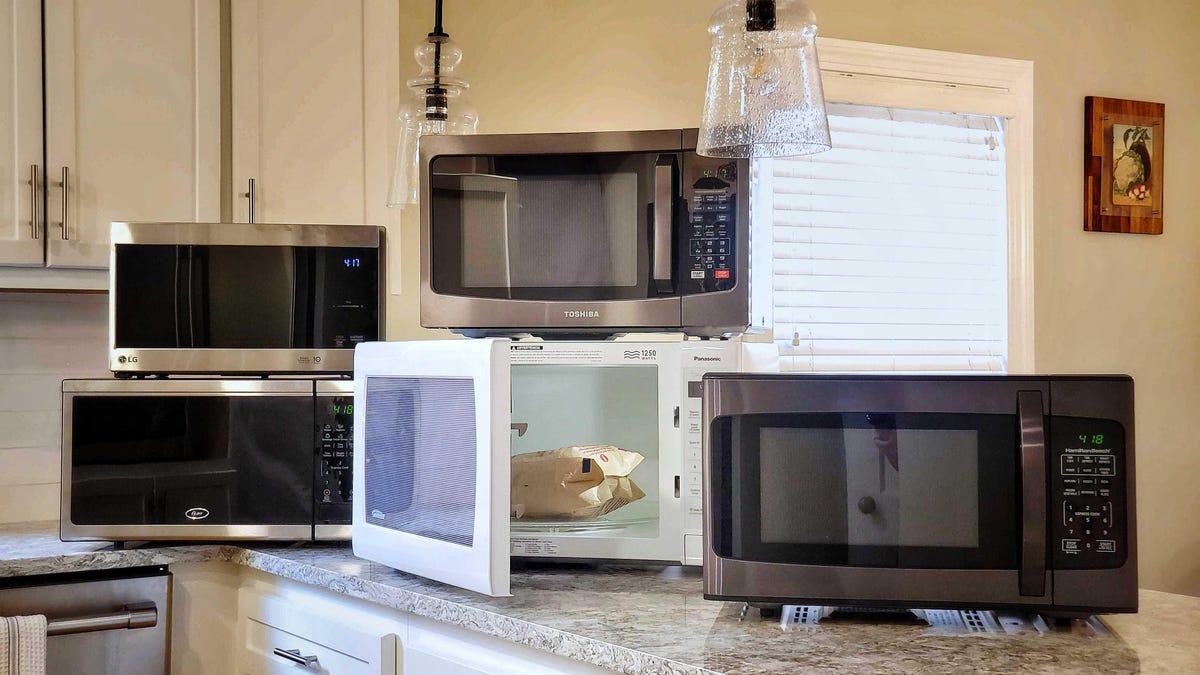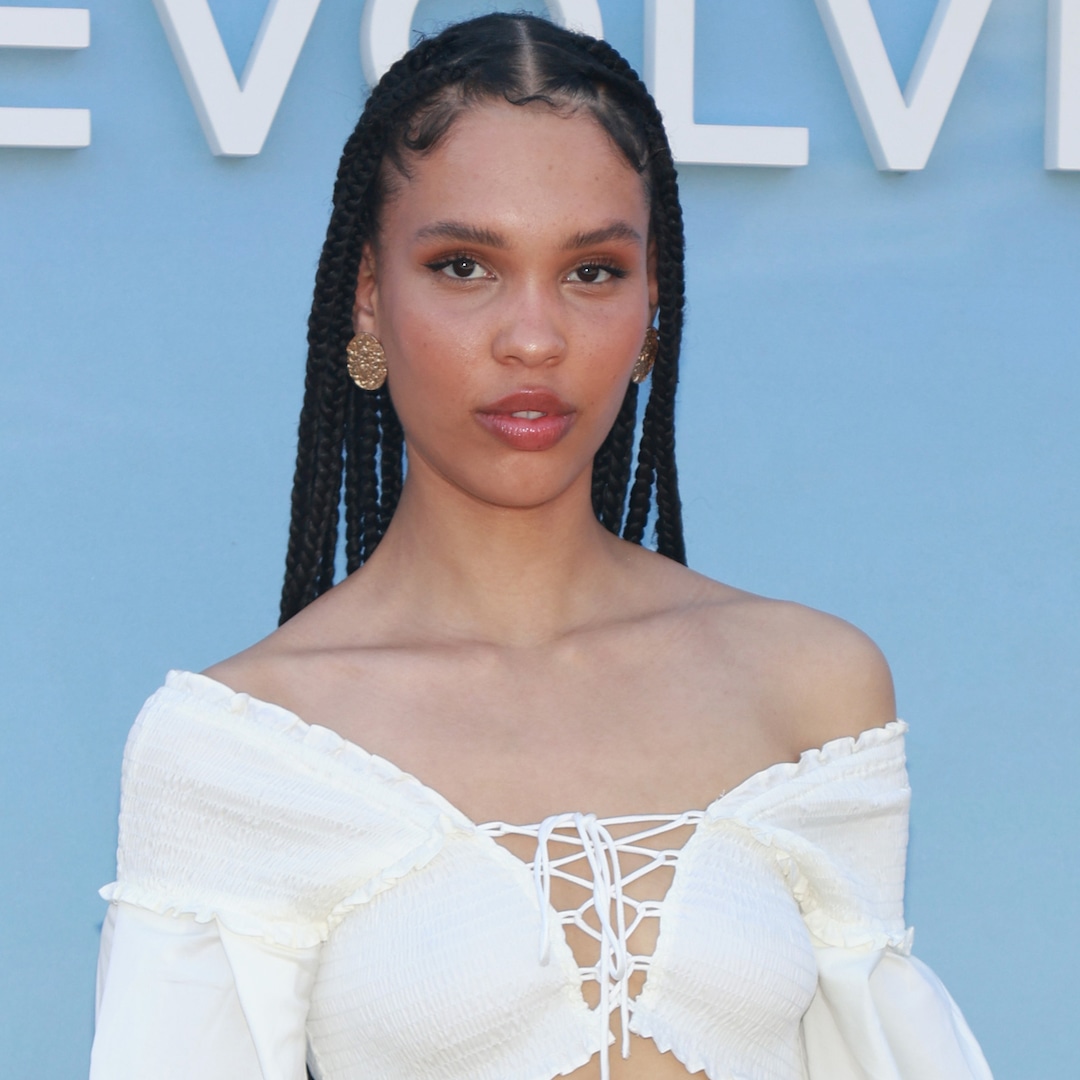
ZDNET's key takeaways
- The Viture Pro Neckband is available now for $299 for the Classic model and $399 for the Elite model
- Increased RAM and twice the storage are provided in the Elite model
- This accessory has a refined design with easy controls, supports hand gestures, provides multi-screen support, and lets you take content on the go without using your phone battery
- The accessory is rather expensive, the battery lasts about four hours, and it's another device to charge and carry with you.
Last year, Xreal launched its Beam Pro Android device that pairs with Xreal's XR glasses to serve as a standalone media hub and spatial video creation device. Viture upgraded its Android companion, the Neckband, with the Neckband Pro, which also serves as a content hub for its XR glasses. Both Xreal and Viture incorporate a spatial UI with Nebula OS and SpaceWalker, respectively, to provide a modern visual environment.
Also: CES 2025: The most advanced smart glasses we tried on - and loved
Viture's updated Pro Neckband improves upon the original Neckband in nearly every way, with more CPU and GPU power, increased RAM, double the battery life, decreased weight, and improvements in heat and noise management. I've been using the Pro Neckband with the Viture Pro XR glasses for more than a week, and I look forward to my upcoming flights with the Pro Neckband.
A dedicated Android device
The Viture Pro Neckband is a dedicated Android device and is treated as another Android in the Google Play ecosystem. You will need an iPhone or Android smartphone to set up the Pro Neckband, and I found setting it up with an Android phone to be a smoother experience after installing the Neckband Remote app. With the Neckband Pro not having a display, I was wondering how I was going to input usernames and passwords for various accounts in order to download video content.
Also: I tried smart glasses with built-in hearing aids
Three input options are supported: your connected phone through the Neckband Remote app, hand gestures, and game controllers. The trackpad on the Neckband Remote app installed on your phone is the default input method, and that works well for initial configuration, especially for entering media content passwords. I highly recommend the rather inexpensive 8BitDo controller that Viture sells since it is awesome for navigation and also lovely for seamless gaming.
The hand gesture support is currently in beta form, with the final release and more gestures scheduled to launch in March or April this year. Currently, you can move the cursor around, select items (simply pinch gesture), go back, and open quick settings with your hand. A camera on the front of the right neckband arm is used to capture and track the movement of your hand and fingers, so I highly recommend you go through the tutorial and try it out. Hand gestures have been working well for me, and I look forward to continued development of this input method.
Also: CES 2025: The 17 most impressive products you don't want to miss
There are three buttons on the top of the left side for power, volume, and settings. The bottom settings button has four functions using various press and press/hold actions for opening the quick settings, using the Vizard AI assistant, recentering the view, and toggling ambient mode. Since I commuted with the headset and moved around quite a bit, I often used the double press to recenter the view of the glasses.
Video, gaming, and productivity uses
While I have primarily been using the Viture Pro XR glasses for watching video content while traveling and using SpaceWalker for productivity while on business trips and commuting, gaming is a major function of the Pro Neckband. PSPlay and XBXPlay are provided for free to Pro Neckband users so you can enjoy your PlayStation or Xbox games on the Viture Pro glasses.
Also: The Best of CES 2025 awards are in
Vizard is the voice assistant for the Viture Pro Neckband, so you can use it to perform simple system tasks with just your voice, saving you from having to use your phone as a trackpad or make gestures in the air. Supported voice command functions include adjusting the brightness or volume and opening or closing apps. Vizard also functions as an AI-powered game assistant that can provide you with guidance and instruction for single-player console or PC games.
There is a USB-C port on the bottom of the right arm, so you can charge in advance or while using the Pro Neckband. The connection to your glasses includes the magnetic attachment for the Viture Pro XR, so if you have a USB-C port on your XR glasses, you will need the small magnetic connector to USB-C port sold by Viture.
The SpaceWalker spatial UI has a similar look and feel to an Apple Vision Pro launcher and the Nebula OS from Xreal. It's a visually appealing launcher that also supports up to three virtual displays, three degrees of freedom, and smooth follow. You can also scale the screen to match your preferences for watching content, all in the Quick Settings utility that is just a button press away on the Pro Neckband.
One cool function that I just recently figured out is Ambient Mode. This function works with select content, including Netflix, and when you triple press the bottom settings button, Netflix will appear and play in a small window in the right corner while the glasses switch to ambient mode so you can see through them and also multi-task to view the content. This can be handy for talking with flight attendants while continuing to play your content or maybe moving around your house to another viewing location.
I like the appealing launcher, self-contained wearable form factor, and nearly four-hour battery life of the Pro Neckband, but for my use cases, I still think connecting directly to my phone is my preferred solution. I don't stream games from a PlayStation or Xbox, but I understand this functionality is very compelling for gamers looking for a big-screen intimate experience with the glasses.
Also: The Even Realities G1 are unlike any other smart glasses you've seen
The Viture Pro XR glasses remain my absolute favorite thanks to the comfort, diopter dial support, bright vivid display, and quality. There is now a new feature for the Viture Pro glasses that is supported by iPads and iPhones with USB-C ports, where Viture's AI agent can now transform all 2D content into 3D via the SpaceWalker for iOS application. You can now enjoy 3D views of your family holiday photos, YouTube videos, streaming content, and much more. Photos and videos captured in standard methods from your phones can be viewed in 3D, and the AI does a solid job with very few artifacts, so I highly recommend you try this out with your Viture Pro XR glasses.
ZDNET's buying advice
The Viture Pro Neckband is a good choice for XR glasses customers looking for a self-contained media and gaming hub that allows them to keep their phone separate from the viewing experience. The modern spatial UI, SpaceWalker, looks fantastic and simulates the interface found in Apple's expensive Vision Pro glasses. Load up your favorite apps, download video content for viewing on the go, and set up your favorite games to play on the big screen via the glasses on your face.

 1 week ago
6
1 week ago
6








 English (US) ·
English (US) ·